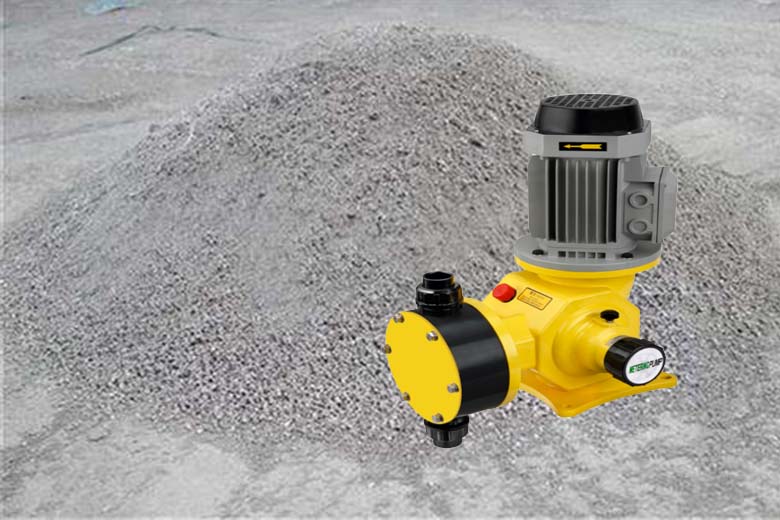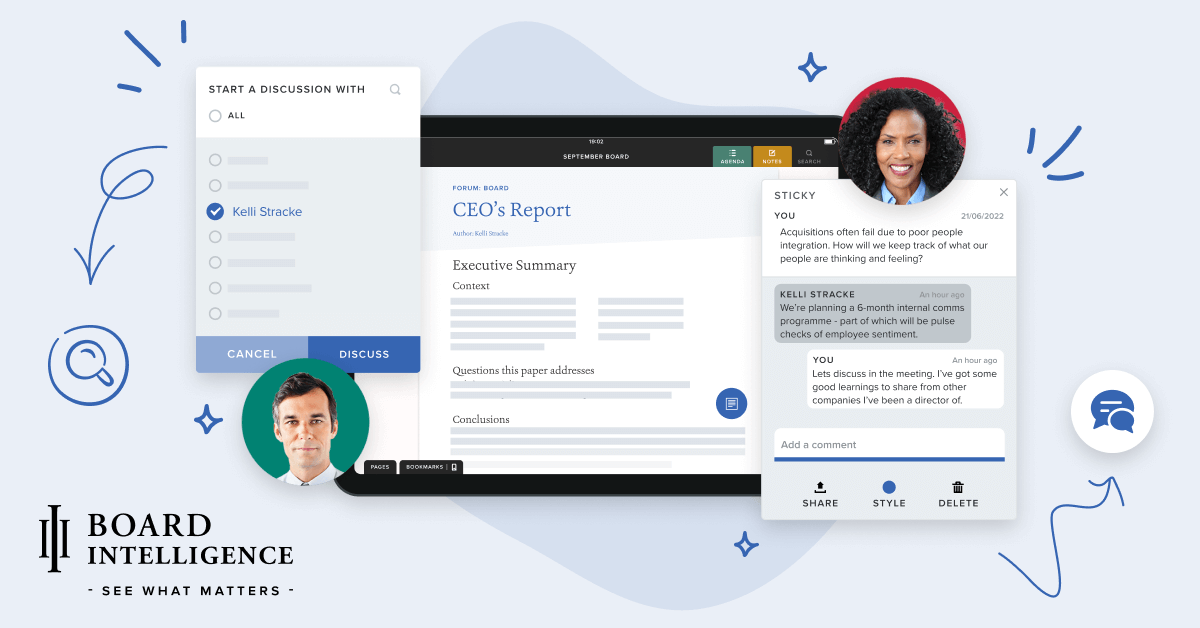In a treatment plant, the performance of chemical dosing systems can make or break your process. When flocculants or coagulants are overdosed, sludge quality suffers, downstream units strain, and chemical costs blow up. Using a proper polymer feed pump ensures that dosing is precise, reliable, and tuned to your process conditions.
Plant engineers, operations heads, and maintenance leads know the pains: variable sludge quality, chemical overspend, clogged processes, and unplanned downtime. Choosing the right polymer feed pump is a strategic investment, not just for chemical handling but for whole‑plant stability and cost control.
Why Polymer Dosing Is a Game Changer in Treatment Plants
Polymers (often synthetic flocculants) are key additives in water and wastewater treatment. They help bind suspended solids into flocs that settle, separate, or dewater. But polymer dosing is often misunderstood—and misused.
- Many plants still rely on manual dosing or rudimentary pumps, leading to overuse, inconsistency, and high waste.
- Slight overdosing or underdosing can degrade floc performance, increase turbidity, or force re-treatment.
- Floc quality directly impacts sludge volume, chemical usage in clarifiers, energy costs, and dewatering performance.
Key Performance Metrics Impacted by Polymer Dosing
- Sludge Volume Index (SVI) or equivalent settleability metrics
- Polymer usage per ton of sludge (kg polymer / TDS or MLSS)
- Sludge cake dryness and volume reduction
A high‑precision polymer feed pump ensures that dosing aligns with those metrics, reducing variability and improving overall efficiency.
Core Design Features of High‑Performance Polymer Feed Pumps
Not all pumps suit polymer solutions. The right design is essential to preserve chain integrity, avoid shear damage, and maintain consistent flow.
- Low shear handling: Many polymers are shear‑sensitive. Pumps must move fluid gently.
- Material robustness: The wetted materials should resist wear, chemical attack, and abrasion.
- Metering accuracy and repeatability: The pump must deliver the correct dose even at low flow rates.
Important Components & Their Roles
- Pump mechanism: Progressive cavity, peristaltic, or diaphragm styles are often used for low shear dosing.
- Soft liners, hardened rotors: Liners cushion polymer, rotors resist abrasion and chemical wear.
- Control systems and feedback loops: Dosing must adjust based on sludge conditions or sensor feedback.
These features together preserve the polymer’s function and ensure stable dosing.
How Polymer Feed Pumps Save Chemical & Operational Costs
Upgrading to a precision dosing system pays off in multiple ways. The gains are not just in reduced chemical usage—they ripple across operations.
- Precise dosing cuts excess chemical use. A 5–10% overfeed becomes costly over months.
- Reduced waste: Less polymer is wasted in recirculation or over-application.
- Less downtime: Fewer clogs or blockages caused by overdosing or sludge disruption.
- Lower maintenance: Gentle handling reduces wear on pipelines and valves.
Examples of Cost Savings in Practice
| Improvement Area | Typical Gain | Impact |
| Polymer reduction | 8–15% | Saves cost per ton of sludge |
| Maintenance hours | 20–30% fewer | Frees up team time |
| Downtime events | 1–2 fewer per year | More stable plant schedule |
Over time, a smart polymer feed pump earns back its cost many times over.
Improving Sludge Handling & Dewatering Efficiency
Better polymer dosing leads to better sludge behavior. This has a direct impact on downstream units—clarifiers, thickeners, and dewatering units.
- When flocs form optimally, sludge separates cleanly and quickly.
- Improved solids capture reduces suspended solids carryover.
- Dewatering units (filter presses, centrifuges) see higher cake dryness and lower residual moisture.
Workflow Impact on Downstream Units
- Lower load on clarifiers/settlers: Less recycle, more stable operation.
- Better cake quality: Drier sludge means lower waste transport costs.
- Reduced chemical demand downstream: Fewer back‑chemicals or wash chemicals.
In short, investing in the feed pump improves not just dosing, but the entire sludge train.
Addressing Common Challenges in Polymer Pump Operation
Polymer solutions are tricky. They change viscosity, shear easily, tend to string or clog, and can incorporate air. A good pump design anticipates these challenges.
- Viscosity fluctuation: Polymer mixes may thicken or thin over time, altering flow characteristics.
- Clogging & feed variability: Strainers may clog, concentration changes cause blockages.
- Air ingress/foaming: Bubbles hamper metering and introduce errors.
- Stringing or floc breakage: High shear or turbulent intake zones break formed flocs.
Mitigation Techniques & Pump Add‑ons
- Recirculation loops or bypass returns to maintain a stable feed and prevent settling.
- Agitation in polymer tank to keep the solution homogeneous.
- Degassing vents or air removal modules to prevent air entrainment.
- Anti‑foam measures or vent lines to relieve foam pressure.
These tactical enhancements help your polymer pump survive real-world plant conditions.
Selecting the Right Polymer Feed Pump for Your Plant
Choosing the wrong pump type leads to rapid failure or unstable dosing. You must match pump qualities to your plant’s conditions.
- Consider your flow range, polymer concentration, and pressure head to size correctly.
- Choose among progressive cavity, peristaltic, diaphragm, or hose pumps depending on shear and duty.
- Evaluate wetted part materials for polymer abrasion, chemical exposure, and cleaning agents.
- Consider maintenance access, modularity, and spare parts availability.
Selection Checklist for Polymer Feed Pumps
- Wetted parts material compatibility
- Dosing accuracy & linearity at low flow
- Ease of maintenance and rapid component swaps
- Resistance to abrasion, swelling, and degradation
- Control interface and adaptability to process feedback
Use that checklist to avoid pitfalls, many plants regret choosing generic pumps.
Real‑World Use Cases: Polymer Pumps in Treatment Plants
Field experience shows the gains from precision polymer dosing. Below are common plant scenarios where polymer pumps are impactful.
- Municipal wastewater treatment plants incorporating floc dosing in primary clarifiers.
- Industrial effluent treatment (textiles, chemicals) where polymer must adapt to variable loads.
- Sludge dewatering stations where cake dryness and polymer cost are critical.
Metrics You Should Monitor After Implementation
- Polymer usage metric (kg polymer per tonne sludge)
- Sludge volume reduction (per cent reduction)
- Downtime or maintenance interval extension
- Pump reliability (mean time between failures)
Tracking these gives you evidence of ROI and helps refine dosing strategies.
Future‑Ready Upgrades & Integration Possibilities
Polymer dosing is not static. Smarter plants adopt automation, feedback control, and remote monitoring to take it further.
- Smart control & feedback dosing: Real-time adjustments based on sludge sensors, turbidity, or flow.
- Integration with SCADA or DCS systems: Central control of polymer dosing across multiple trains.
- Adaptive dosing to respond to shock loads, rain events, or process upsets.
How Smart Dosing Further Boosts Efficiency
- Cuts chemical waste by adjusting to real-time sludge load.
- Flags anomalies sooner, reduces pump stress.
- Enables preventive maintenance through data trends.
When you combine a well-chosen polymer feed pump with smart control, you future-proof your chemical dosing system.
Conclusion & Takeaways for Plant Engineers
A polymer feed pump is far more than a chemical handling tool—it’s a lever to lift your entire plant’s performance. The right pump improves chemical use, sludge quality, maintenance burden, and bottom line.
Key takeaways:
- Polymer dosing precision affects your whole sludge train.
- Pump design must preserve polymer integrity, handle variability, and resist abrasion.
- Upgrading to a dedicated pump pays back via chemical savings and downtime reduction.
- Always vet pump types, materials, and control features before purchase.
If you are planning to upgrade your polymer dosing systems—or replace an underperforming pump—start with real data: polymer usage, sludge metrics, maintenance logs—and match those to the right pump spec.





